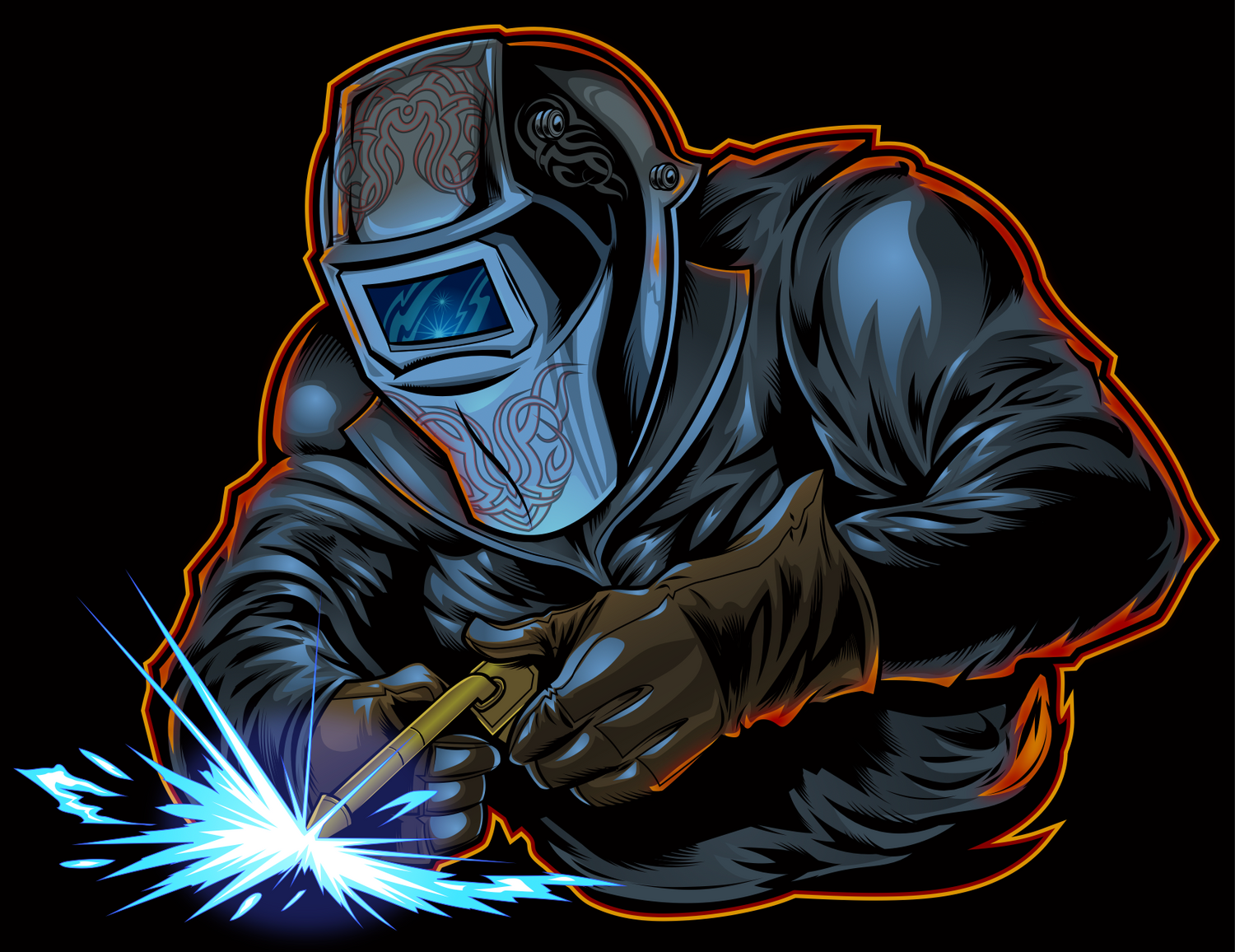
Press Brake Folding
Our press brake folding services offer customized solutions for precise and accurate folding of metal sheets for commercial and industrial applications. We use state-of-the-art equipment and a team of skilled technicians to ensure that every project meets our clients' specific requirements.
Press Brake Folding
Our press brake folding machines are capable of handling a wide variety of metals, including steel, aluminum, and stainless steel. Whether you need simple or complex folds, we can deliver high-quality results that meet your exact specifications.
Our experienced technicians work closely with clients to ensure that all projects are completed on time and within budget. We take pride in our attention to detail and strive to provide exceptional customer service throughout every stage of the process.
In addition to our press brake folding services, we also offer a range of other metal fabrication services to meet all of our clients' needs. From welding and cutting to bending and forming, we have the expertise to complete any project.
If you're looking for high-quality press brake folding services, look no further than our team of experts. Contact us today to learn more about how we can meet your folding needs and to request a free quote.

FAQ's
What is the difference between a press brake and a folding machine?
A press brake and a folding machine are both used in metal fabrication processes to bend and shape sheet metal. However, there are differences in their operation, capabilities, and the types of bends they can produce. Here are the key distinctions between a press brake and a folding machine:
Press Brake:
1. Operation: A press brake uses a hydraulic or mechanical ram to apply force and bend the metal sheet. It consists of an upper tool (punch) and a lower tool (die) that come together to create the desired bend.
2. Bending Technique: Press brakes perform "air bending" or "bottom bending" techniques. In air bending, the punch descends and forms the bend by pushing the material into the die, without fully touching it. The degree of bending is determined by the depth to which the punch descends.
3. Flexibility: Press brakes offer a high degree of flexibility in terms of the bend angle and bend radius adjustments. They can accommodate various shapes and complex bends.
4. Precision: Press brakes provide precise control over the bending process, allowing for accurate and repeatable bends. They often have CNC (Computer Numerical Control) capabilities for automated bending operations.
5. Large-scale Production: Press brakes are commonly used in large-scale industrial settings where high-volume production and complex bending requirements are involved.
Folding Machine (also known as a Folder or Box and Pan Brake):
1. Operation: A folding machine utilises clamping bars and folding aprons to secure and fold the sheet metal. The machine applies force to the metal, creating a bend by folding it around a bending beam.
2. Bending Technique: Folding machines use a "pan bending" technique. The clamping bars and folding aprons hold the sheet metal in place, and the bending beam moves up to create the bend.
3. Versatility: Folding machines excel at creating straight or box-shaped bends, such as flanges, channels, or boxes. They are well-suited for folding longer, continuous bends or multiple bends in a single setup.
4. Ease of Use: Folding machines are generally user-friendly and do not require extensive setup or tooling changes for different bends. They are suitable for small to medium-sized workshops and fabrication shops.
5. Manual or Automated: Folding machines can be operated manually by adjusting clamping bars and folding aprons or equipped with motorised or CNC control for more precise and automated folding.
Both press brakes and folding machines have their specific applications and strengths. Press brakes are ideal for precise and complex bending requirements in larger-scale production environments, while folding machines are well-suited for straight or box-shaped bends, offering ease of use and versatility for smaller-scale fabrication. The choice between the two depends on the specific bending needs and production scale of the project.
What is press brake bending?
Press brake bending is a metal forming process that uses a press brake machine to bend sheet metal or plate material into various shapes. The press brake applies force to deform the material and create a desired bend angle.
Here are the key steps involved in press brake bending:
1. Material Preparation: The sheet metal or plate material to be bent is prepared by measuring, marking, and ensuring it is clean and free from any debris or contaminants.
2. Tooling Setup: The appropriate upper tool (punch) and lower tool (die) are selected and installed on the press brake machine. The tooling choice depends on the desired bend angle, material thickness, and other factors specific to the project.
3. Material Placement: The material is positioned on the press brake machine's bed or lower tool, with the marked bending line aligned with the press brake's centerline and the desired bend angle determined.
4. Back Gauge Setup: If required, a back gauge is set up on the press brake to provide a reference point and ensure consistent bend positions across multiple workpieces.
5. Bending Process: The press brake's ram, which holds the upper tool (punch), descends to apply force on the material, pushing it into the lower tool (die) to create the bend. The force and bending depth are controlled based on the desired bend angle and the material's properties.
6. Springback Compensation: After the bending process, certain materials may exhibit "springback," where they partially return to their original shape. To compensate for this, the press brake operator may adjust the bending angle slightly beyond the desired target angle.
7. Inspection and Quality Check: The bent workpiece is carefully examined to ensure it meets the required specifications, including bend angle, dimensional accuracy, and surface quality.
Press brake bending offers precise control over the bending process, allowing for accurate and repeatable bends in various materials such as steel, aluminium, and stainless steel. The process is commonly used in industries such as metal fabrication, automotive manufacturing, aerospace, and construction, where precise bends and complex geometries are required for the production of components, structures, and parts.
What are the different types of press brake bends?
Press brake bends can be classified into several different types based on the shape and orientation of the bend. Here are some common types of press brake bends:
1. V-Bend: In a V-bend, the sheet metal is bent to form a V shape. This is one of the most basic and widely used bend types. The upper tool (punch) and lower tool (die) have matching V-shaped profiles that create the desired angle.
2. U-Bend: In a U-bend, the sheet metal is bent to form a U shape. The upper tool and lower tool have matching U-shaped profiles to achieve the desired bend angle.
3. Box Bend: A box bend involves bending the sheet metal to create a 90-degree angle, forming a box-like shape. The bend is typically made in two steps, first bending in one direction and then in the perpendicular direction, resulting in a crisp corner.
4. Z-Bend: A Z-bend is characterised by two bends in opposite directions, creating a shape that resembles the letter Z. It is often used in applications where two flat surfaces need to be joined at an angle.
5. Hem Bend: A hem bend involves folding over a section of the sheet metal to create a closed hem or flange. It provides reinforcement and a smooth edge while concealing any sharp edges. Hem bends are commonly used in applications such as doors, panels, and enclosures.
6. Off-Center Bend: An off-centre bend involves bending the sheet metal at an angle other than 90 degrees in relation to the length or width of the material. It is used to create bends that are not in the centre of the workpiece, allowing for more design flexibility.
7. Multi-Bend or Compound Bend: A multi-bend or compound bend refers to a combination of multiple bends in different angles and orientations. These complex bends are often used in applications that require intricate shapes or structural components.
The specific type of bend used depends on the design requirements and desired functionality of the finished product. The choice of upper and lower tooling, as well as the programming or manual adjustments made on the press brake machine, determines the type of bend achieved.
What are the disadvantages of press brake machine?
While press brake machines offer numerous advantages for sheet metal bending, they also have some disadvantages. Here are a few common disadvantages associated with press brake machines:
1. Initial Cost: Press brake machines can be relatively expensive to acquire compared to other bending methods. The initial investment for purchasing a press brake machine, especially larger and more sophisticated models, can be significant, making it a barrier for small-scale operations or businesses with limited budgets.
2. Floor Space Requirement: Press brake machines, particularly larger ones, require a considerable amount of floor space in the workshop or manufacturing facility. This can be a challenge for smaller workshops with limited space or those with complex layouts.
3. Setup and Tooling Changeover Time: Changing the tooling and setting up a press brake for different bending requirements can be time-consuming. Adjusting the upper and lower tooling, back gauges, and programming can take some time, which may impact productivity, especially when frequent tooling changes are required.
4. Operator Skill and Training: Operating a press brake machine effectively requires specific knowledge and skills. It takes time and training for operators to become proficient in setting up the machine, selecting the appropriate tooling, and programming or adjusting the bending parameters. Skilled operators are needed to ensure accurate and high-quality bending results.
5. Material Limitations: While press brakes can handle a wide range of materials, there may be limitations when it comes to extremely thick or hard materials. Bending thick or high-strength materials may require specialised equipment or techniques beyond the capabilities of a standard press brake.
6. Complex Bending Limitations: Press brakes have certain limitations when it comes to creating highly complex or intricate bend shapes. For bends with extremely tight radii, multiple bends close together, or non-linear shapes, other bending methods like specialised tooling, roll forming, or tube bending may be more suitable.
Despite these disadvantages, press brake machines remain widely used in various industries due to their versatility, precision, and ability to handle a wide range of bending applications. Understanding these limitations and working around them through proper planning, training, and equipment selection can help maximise the benefits of press brake machines in metal fabrication processes.

Contact us
For all enquiries from small to bespoke, please fill out the contact form below or feel free to give us a call.
We look forward to hearing from you.
